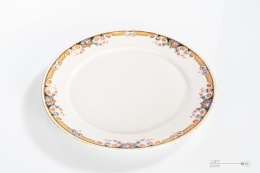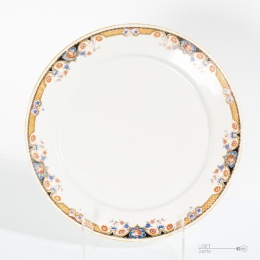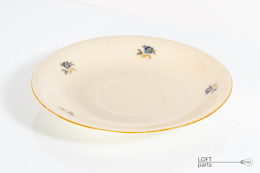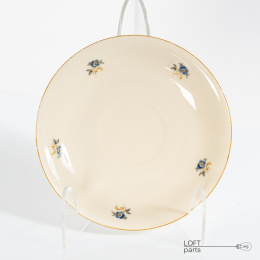-
Shopping cart is empty
-
x
Test paska
-
Language

-
Currency : EUR
-
Customer zone
-
Shopping Cart ( 0 )
-
Shopping cart is empty
-
x
For free delivery are missing -,--Free delivery!Sum 0,00 €Price includes discounts -

-
Shopping cart is empty
-
x
- Categories
- Search
-
Manufacturer - Giesche Porzellanfabrik AG
The history of Silesian Porcelain dates back to the third decade of the twentieth century. In 1922, in Roździeń, now part of the Szopienice-Burowiec district of Katowice, the first small porcelain factory in Upper Silesia was established, founded by brothers: Ryszard and Józef Czuday, of whom Ryszard was the main initiator of activities in the field of porcelain production. The factory was called "Elektro-Porcelana-Czudaywerke". It produced mainly technical and probably tableware porcelain. Around 1923, this company was born: "Giesche" Porcelain Factory SA, formerly Czuday. Ryszard Czuday became the director, he also led the construction of a new factory and took care of the adaptation of buildings on the purchased land of the former feed factory in Bogucice. The shareholders in the company in this period were the Czuday brothers (49%) and Giesche SA (51%). In 1926, the American Harriman concern became the new shareholder of the company. The capital with which he provided the company was allocated primarily to the expansion and modernization of the factory. Many organizational changes were also made. As a result of these events, director Richard Czuday left the company and founded his own porcelain factory under the name "Chuday" on the site of the former zinc smelter in Bykowina. The name of the factory in Bogucice was changed, namely it was shortened by the part "formerly Czuday" and was: "Giesche" Porcelain Factory SA (Giesche Porzellanfabrik AG). During World War II, the factory did not stop production and came under German management. In 1945, due to the war, the plant was immobilized. After the war, the factory was nationalized and resumed production. Until 1952, the pre-war signature "Giesche" was used porcelain factory S.A. The factory began its activity with the production of utility dishes as well as technical and laboratory porcelain. In the initial period, the electroporcelain department (produced, m.in others: insulators, fuses, insulating rollers, rosettes) was the leading department of the plant. At the turn of the third and fourth decade of the twentieth century, there was a balance in the production of utility and technical porcelain, and in the mid-40s of the twentieth century, the leading production of the plant was tableware porcelain. The factory produced dinner and coffee tea services: six-, twelve-person and double-seaters, as well as sets consisting of many sets, sets for loose products and spices, single dishes, e.g. baskets for bread or shortbread cookies, or a rare dish for heating dishes. Occasional sets were also produced, which, depending on the needs, consisted of a different number of dishes.
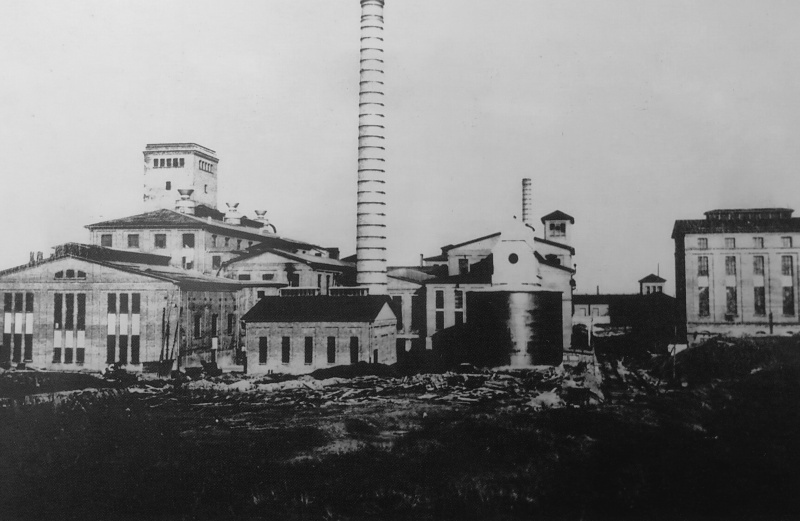
Giesche Porzellanfabrik AG
|
I bądź na bieżąco ze wszystkimi nowościami! |
|
